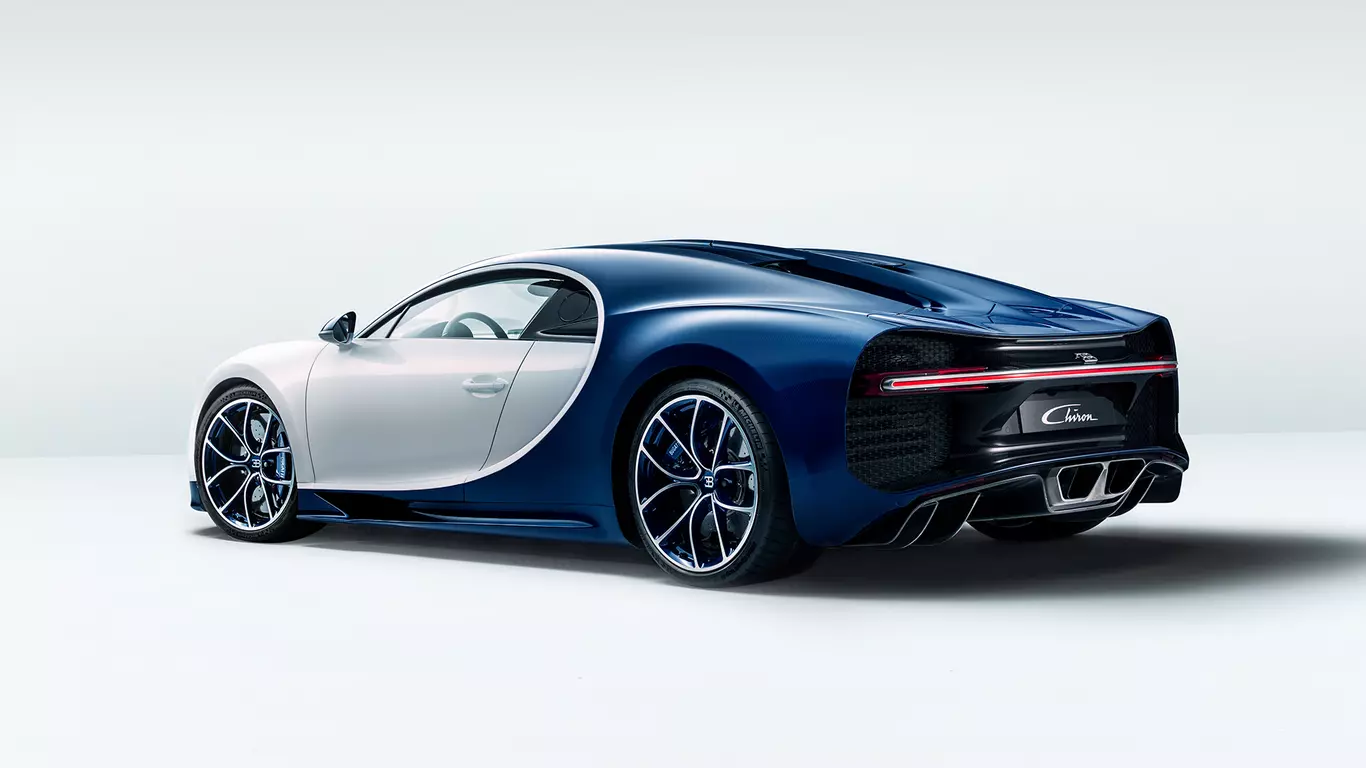The Bugatti Chiron is officially the world’s fastest supercar — and by quite a long shot, too. According to the company, the pre-production vehicle of a Bugatti Chiron derivative is the first hyper sports car to break the magic 482.8 kilometres per hour -mile-per-hour barrier (300 mph). At the same time, Bugatti has set a new TÜV-certified speed record with 490.484 km/h (304.773 mph).
Le Mans winner and Bugatti test driver Andy Wallace reached the top speed of exactly 490.484 km/h (304.773 mph) on August 2, 2019, on the test track at Ehra-Lessien in Lower Saxony. “An incredible speed.
“Bugatti has once again shown what it’s capable of. With this new record of the Chiron, we enter again uncharted territory. Never before has a series manufacturer reached this high speed,” says Stephan Winkelmann, President of Bugatti. “Our goal was to be the first manufacturer ever to reach the magic 300-mile-per-hour mark. We have now achieved this – making ourselves, the entire team and myself, incredibly proud.” With this new world record, Bugatti will also withdraw from the competition to produce the fastest serial production cars. “We have shown several times that we build the fastest cars in the world. In future we will focus on other areas,” says Winkelmann.
But this isn’t just any stock Chiron. The Bugatti team were supported by Italian race specialist Dallara as well as tyre manufacturer Michelin. “Their expertise was fed directly into the project. The record would not have been possible without our partners,” says Willmann. Michelin has been our tyre partner for many years and ensured the necessary grip and stability. The Michelin high-speed tyres already used on the Chiron were again reinforced, particularly the belts to handle the 5300 G, while still being street legal.
Furthermore, the Chiron’s rear wing and airbrake were jettisoned and a new rear aero piece is integrated into the car’s tail. Inside, the Chiron does not have a passenger seat, though a safety cage was added.
“An incredible speed. It’s inconceivable that a car would be capable of this. But the Chiron was well prepared and I felt very safe – even in these high-speed ranges,” says Andy Wallace.
The Ehra-Lessien high-speed track in Lower Saxony is 50 metres above sea level. Unlike higher-altitude high-speed tracks such as in Nevada, however, this has certain drawbacks. Due to the higher air density, the vehicle has to apply more force, and at high speeds of over 400 km/h, it runs as if were driving against a wall. “Air pressure, air density and temperature are very important for high-speed driving and can make a difference of up to 25 km/h, depending on the altitude,” says Bugatti Head of Development Stefan Ellrott.




